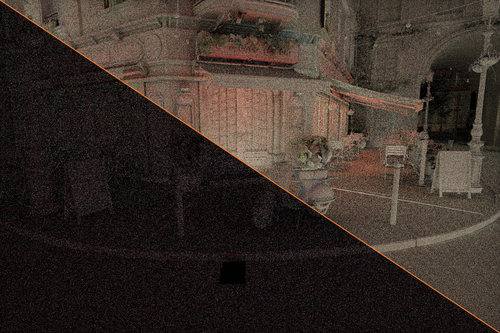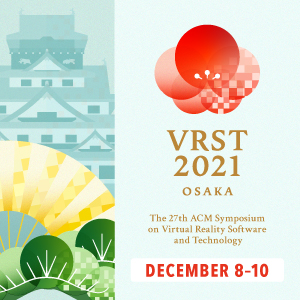Technical Communications Presentations
-
 Full Access
Full Access
-
 Virtual Full Access
Virtual Full Access
Date/Time: 06 – 17 December 2021
All presentations are available in the virtual platform on-demand.
A Multi-Stage Advanced Deep Learning Graphics Pipeline
Contributor(s):
Mark Wesley Harris, University of Colorado, Colorado Springs, United States of America
Sudhanshu Kumar Semwal, University of Colorado, Colorado Springs, United States of America
Description: We show how the Advanced Deep Learning Graphics Pipeline may be used to generate novel frames of simple 3D scenes, and could be applied to speed up current rendering processes.
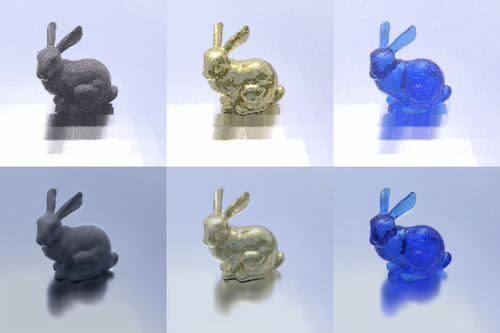
Anime Character Colorization using Few-shot Learning
Contributor(s):
Akinobu Maejima, OLM Digital, Inc.; IMAGICA GROUP, Inc., Japan
Hiroyuki Kubo, Tokai University, Japan
Seitaro Shinagawa, Nara Institute of Science and Technology (NAIST), Japan
Takuya Funatomi, Nara Institute of Science and Technology (NAIST), Japan
Tatsuo Yotsukura, OLM Digital, Inc.; IMAGICA GROUP, Inc., Japan
Satoshi Nakamura, Nara Institute of Science and Technology (NAIST), Japan
Yasuhiro Mukaigawa, Nara Institute of Science and Technology (NAIST), Japan
Description: We propose an automatic Anime-style colorization method using only a small number of colorized reference images manually colorized by artists. Our method helps to reduce the manual labor for artists.
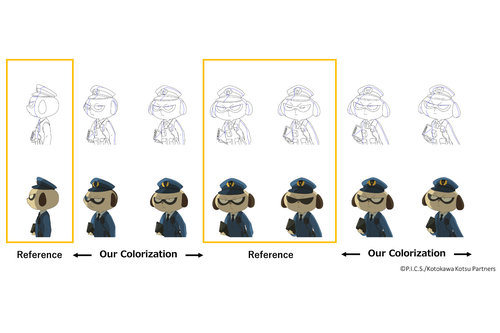
Autocomplete Repetitive Stroking with Image Guidance
Contributor(s):
Yilan Chen, City University of Hong Kong, Hong Kong
Kin Chung Kwan, University of Konstanz, City University of Hong Kong, Germany
Li-Yi Wei, Adobe Research, United States of America
Hongbo Fu, City University of Hong Kong, Hong Kong
Description: We present a tool to help users autocomplete repetitive strokes while drawing over a reference image, with reduced manual labors and enhanced satisfaction.
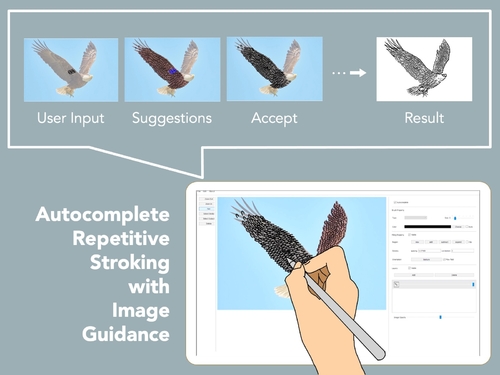
Comic Image Inpainting via Distance Transform
Contributor(s):
Naoki Ono, University of Tokyo, Japan
Kiyoharu Aizawa, University of Tokyo, Japan
Yusuke Matsui, University of Tokyo, Japan
Description: We propose a novel method of comic image inpainting. The conventional methods often fail to inpaint line drawings. We solve this problem by transforming line drawings into distance images.
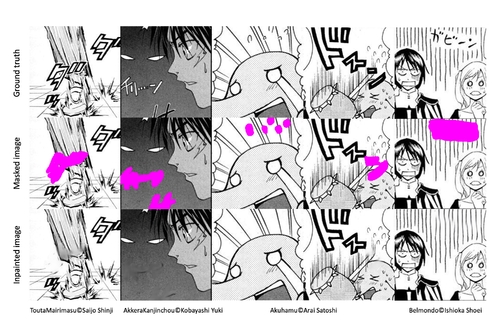
Controlling Eye Blink for Talking Face Generation via Eye Conversion
Contributor(s):
Jiaqi Hao, Tianjin University, China
Shiguang Liu, Tianjin University, China
Qing Xu, Tianjin University, China
Description: We propose a novel two-stage system equipped with an eye conversion GAN to produce talking face videos with controllable blinking. The joint training is developed to yield more faithful results.
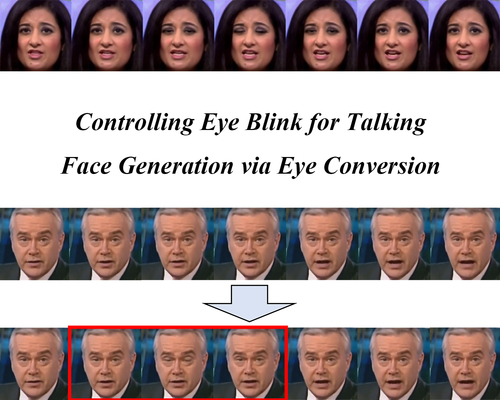
Dynamic Neural Face Morphing for Visual Effects
Contributor(s):
Lucio Moser, Digital Domain, Canada
Jason Selfe, Digital Domain, United States of America
Darren Hendler, Digital Domain, United States of America
Doug Roble, Digital Domain, United States of America
Description: We present a machine learning approach, successfully used in production, for face morphing in videos which blends different aspects of the training identities.
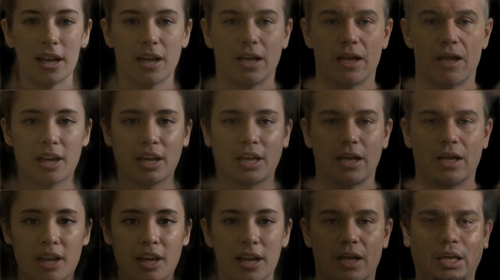
Efficient spherical harmonic shading for separable BRDF
Contributor(s):
Pierre Mézières, Institut de Recherche en Informatique de Toulouse (IRIT), France
Mathias Paulin, Institut de Recherche en Informatique de Toulouse (IRIT), France
Description: This paper aims to reduce the cost of SH shading with separable BRDF by identifying computation redundancy and drastically reducing the cost of SH product with a clamped cosine.
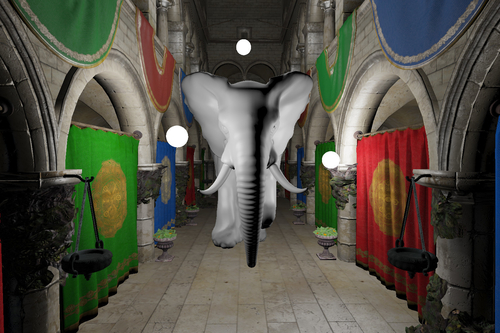
EpiScope: Optical Separation of Reflected Components by Rotation of Polygonal Mirror
Contributor(s):
Ryota Maeda, University of Hyogo, Japan
Shinsaku Hiura, University of Hyogo, Japan
Description: We propose an optical system that can separate the direct and indirect reflection components in real-time without imaging devices. The selected components can be seen directly by our naked eye.
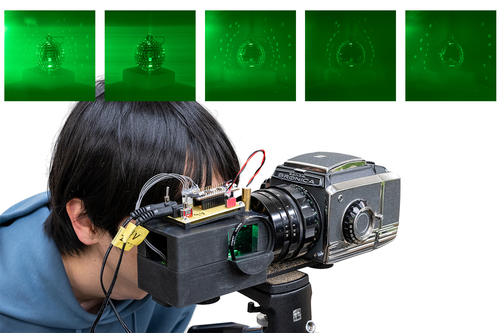
Experimental Analysis of Multiple Scattering in Microfacet Reflection Models
Contributor(s):
Feng Xie, Stanford University, Facebook Reality Labs, United States of America
James Bieron, College of William & Mary, United States of America
Pieter Peers, College of William & Mary, United States of America
Description: We present the first comprehensive experimental comparison between multiple scattering reflection models and 3 popular single scattering reflection models using the MERL dataset with 100 measured isotropic BRDF samples.
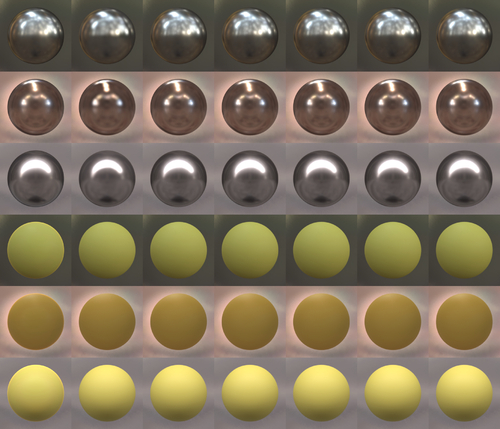
GPU Cloth Simulation Pipeline in Lightchaser Animation Studio
Contributor(s):
Haowei Han, Lightchaser Animation Studio, China
Meng Sun, Lightchaser Animation Studio, China
Dongying Liu, Lightchaser Animation Studio, China
Siyu Zhang, Lightchaser Animation Studio, China
Tiantian liu, Taichi Graphics, China
Description: Our in-house GPU cloth simulation exhibits better performance and ability of alleviating jittering artifact in case of multi-layered cloth.
Guided Image Weathering using Image-to-Image Translation
Contributor(s):
Li-Yu Chen, National Taiwan University, Taiwan
I-Chao Shen, The University of Tokyo, Taiwan
Bing-Yu Chen, National Taiwan University, Taiwan
Description: We present a guided image weathering method. An image-to-image model is trained for transferring an age map to relative texture. New weathering results are generated by manipulating the age map.

Inverse Free-form Deformation for interactive UV map editing
Contributor(s):
Seung-Tak Noh, The University of Tokyo, Japan
Takeo Igarashi, The University of Tokyo, Japan
Description: We presented a novel inverse FFD method that converts the dense image-to-texture mapping to a coarse FFD mapping to facilitate manual editing of the mapping.

Real Time Cluster Path Tracing
Contributor(s):
feng xie, Facebook Reality Labs, United States of America
Petro Mishchuk, Apex Systems, United States of America
Warren Hunt, Facebook Reality Labs, United States of America
Description: We present the first production quality cluster path tracing renderer capable of generating images with global illumination effects at 15-30 frames per second for dynamic digital humans and objects.
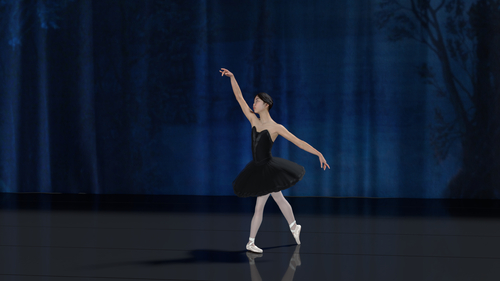
Skeleton2Stroke: Interactive Stroke Correspondence Editing with Pose Features
Contributor(s):
Ryoma Miyauchi, Japan Advanced Institute of Science and Technology (JAIST), Japan
Yichen Peng, Japan Advanced Institute of Science and Technology (JAIST), Japan
Tsukasa Fukusato, University of Tokyo, Japan
Haoran Xie, Japan Advanced Institute of Science and Technology (JAIST), Japan
Description: This work proposes an editing user interface to interactively construct stroke correspondences between two hand-drawn character illustrations based on closed-area correspondences estimated by shape and pose features.
Sparse Volume Rendering using Hardware Ray Tracing and Block Walking
Contributor(s):
Mehmet Oguz Derin, Morgenrot, Inc., Turkey
Takahiro Harada, Advanced Micro Devices, Inc. (AMD); Morgenrot, Inc., United States of America
Yusuke Takeda, Hokkaido University, Japan
Yasuhiro Iba, Hokkaido University, Japan
Description: This presents an approach consisting of a novel volume data structure, traversal algorithm, and density-encoding accelerating data visualization using ray-tracing hardware, improving average runtime under user-input defined access of volume.
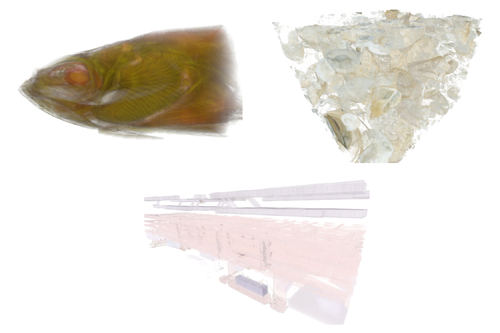
SpiCa: Stereoscopic Effect Design with 3D Pottery Wheel-type Transparent Canvas
Contributor(s):
Riwano Ikeda, Keio University, Japan
Issei Fujishiro, Keio University, Japan
Description: Flow effects can activate character illustrations, but drawing them is hard task. We propose a system called SpiCa for creating 3D flow effects surrounding characters with 3D pottery wheel-type canvases.
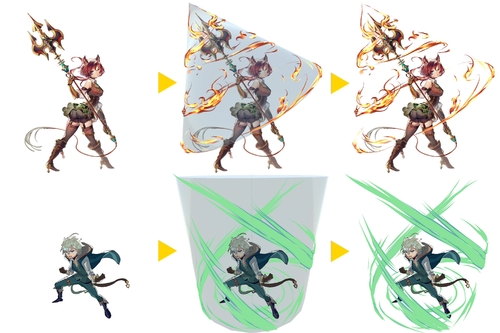
Spider-Man: Miles Morales - Procedural Tools for PlayStation 5 Content Authoring
Contributor(s):
Xray Halperin, Insomniac Games, United States of America
Description: For "Marvel's Spider-Man: Miles Morales" procedural systems helped artists update the setting from fall to winter and create a memorable Sony PlayStation 5 launch title.
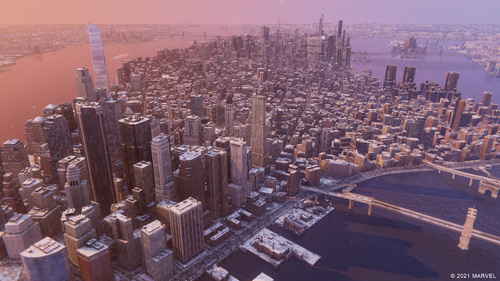
Tool-based Asymmetric interaction for Selection in VR
Contributor(s):
Qianyuan Zou, University of Auckland, Empathic Computing Lab, New Zealand
Huidong Bai, University of Auckland, New Zealand
Yuewei Zhang, University of Auckland, New Zealand
Gun Lee, University of South Australia, Australia
Allan Fowler, University of Auckland, New Zealand
Billinghurst Mark, University of Auckland, Empathic Computing Lab, New Zealand
Description: This study evaluated the performance and usability of a tool-based asymmetric input for 3D pointing tasks in VR. We found that this system is more efficient than the symmetric input.
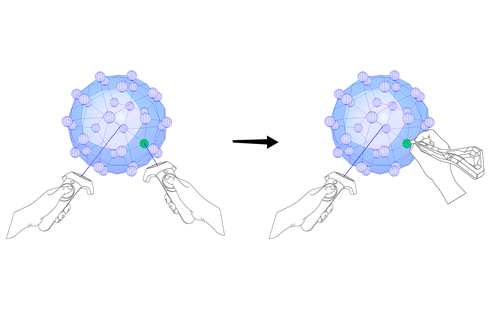
Transition Motion Tensor: A Data-Driven Approach for Versatile and Controllable Agents in Physically Simulated Environments
Contributor(s):
Jonathan Hans Soeseno, Inventec Corporation, Taiwan
Ying-Sheng Luo, Inventec Corporation, Taiwan
Trista Pei-chun Chen, Inventec Corporation, Taiwan
Wei-Chao Chen, Inventec Corporation, Taiwan
Description: This paper introduces Transition Motion Tensor, a data-driven approach that allows controllable simulated characters to adopt many motions by iteratively including the new motions while preserving previously learned ones.
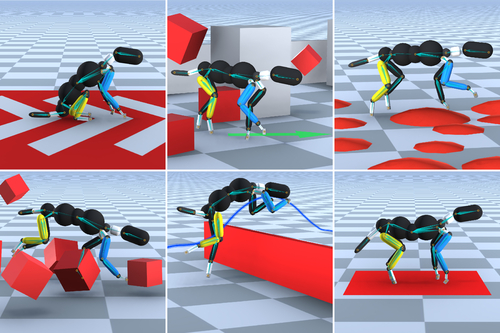
Vectorized Reservoir Sampling
Contributor(s):
Shinji Ogaki, ZOZO, Inc., Japan
Description: We propose the vectorized version of Chao's weighted reservoir sampling algorithm and provide a couple of practical applications.
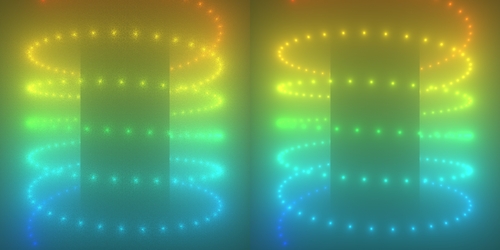
Viewport-Resolution-Independent Anti-Aliased Ray Marching on Interior Faces in Cube-Map Space
Contributor(s):
Tianchen Xu, State Key Lab of CS, Institute of Software, Chinese Academy of Sciences & Univ. of CAS; Advanced Micro Devices, Inc. (AMD), China
Wei Zeng, School of Computer Science, Sichuan University, China
Enhua Wu, State Key Lab of CS, Institute of Software, Chinese Academy of Sciences & Univ. of CAS; FST, University of Macau, China
Description: This paper presents a novel approach to anti-aliased ray-marching by indirect shading in cube-map space, which can prevent volume rendering from rapid performance drops in high-resolution-viewport cases without quality tradeoff.
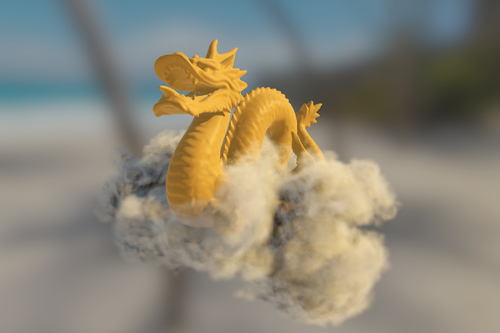
World-space Spatiotemporal Reservoir Reuse for Ray-traced Global Illumination
Contributor(s):
Guillaume Boissé, Advanced Micro Devices, Inc. (AMD), France
Description: We present a novel approach that caches reservoirs into the cells of a hash grid, allowing for efficient reservoir-based importance resampling for light sampling at secondary path vertices and beyond.
